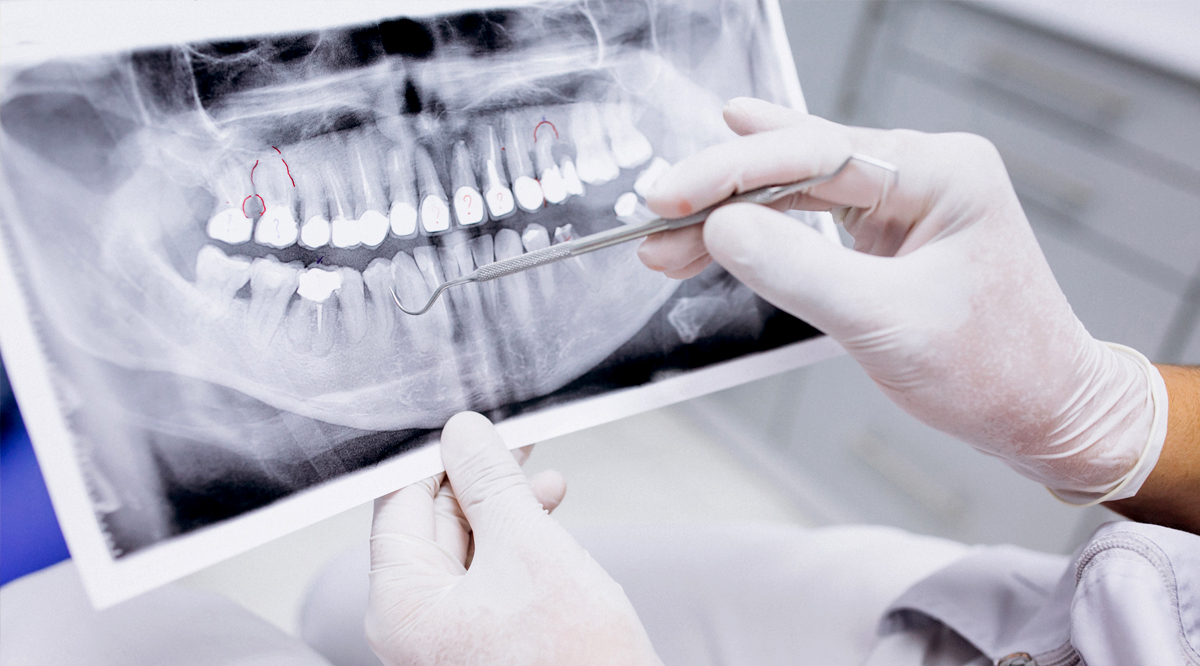Osteoporosis is a complex disease caused by a metabolic disorder and characterised by the deterioration of the structure of the bone tissue due to a reduced presence of mineral components. As a result, people who are affected have increased bone fragility and an increased risk of fractures.
According to the World Health Organization (WHO), it is the most common bone disease and has a higher occurrence in older age groups, especially amongst women. There are currently more than 200 million patients with osteoporosis in the world and the numbers are increasing.
National Health Service (NHS) data shows that in the United Kingdom over 3 million people are estimated to have osteoporosis and there are estimated to be over 500,000 fragility fractures that occur in the country each year.
The most important clinical complication of this disease is fractures, which account for a significant occupation of trauma beds, therefore having a great impact on public health services. It is estimated that about 50% of women and about 20% of men aged over 50 will have an osteoporotic fracture in their lifetime.
In patients with osteoporosis, unexpected fractures often occur as a result of minor trauma, such as blows or sprains, which would not previously have led to bone breakage. However, the major obstacle to treatment, is that it is a silent disease.
X-rays of the bones only show the presence of the disease in advanced stages, so tests such as bone densitometry are necessary to detect that bone mineral density has begun to be lost.
This is similar to the situation with cardiovascular diseases, which only present themselves when complications arise. Scientific evidence also indicates that the relationship between these diseases and osteoporosis is bidirectional, because calcification of the bones can also contribute to calcification of the blood vessels. Conversely, the presence of vascular risk factors increases the likelihood of osteoporosis.
There are a series of indicators that can make us suspect the presence of this disease which can help to take the appropriate preventive measures for treatment and minimise the impact on a persons’ quality of life.
It is worth mentioning firstly that the loss of bone density does not only occur in the bones, but also affects our teeth. This reduced density of the teeth may draw attention to suspect that the loss of density is also affecting other parts of the body.
On the other hand, osteoporosis causes loss of the maxillary bone and jawbone, where the teeth are lodged, this can lead to complications and even tooth loss. This problem is exacerbated in patients suffering from periodontitis, as the inflammation caused by bacteria also contributes to this bone wear.
We must also consider the pharmacological treatment of patients with osteoporosis. The most common are bisphosphonates, resorption inhibitors which, although they have very beneficial effects in strengthening bone structure, make bone healing very difficult.
This can cause problems such as osteonecrosis or death of the cells of the jawbone, in which the gum wound does not heal normally and can even lead to exposure of the bone and cause significant pain to patients.
For all these reasons, at Lura Care we recommend a thorough monitoring of the evolution of oral health through regular dental check-ups. This is undoubtedly the best way to detect any bone anomaly in the oral cavity, to adopt the most appropriate preventive measures, and to coordinate the best possible treatment in collaboration with the appropriate specialists.

